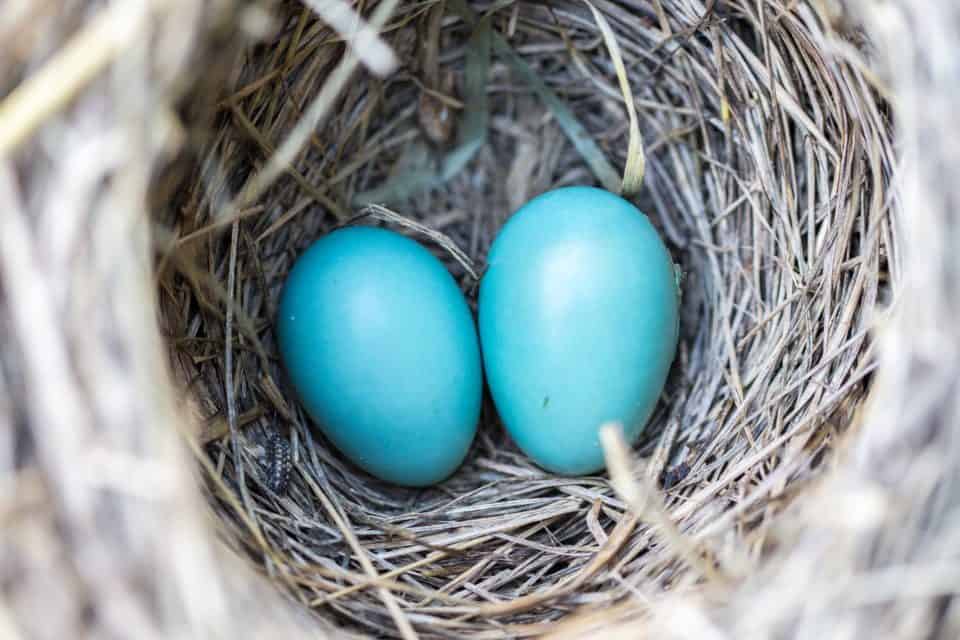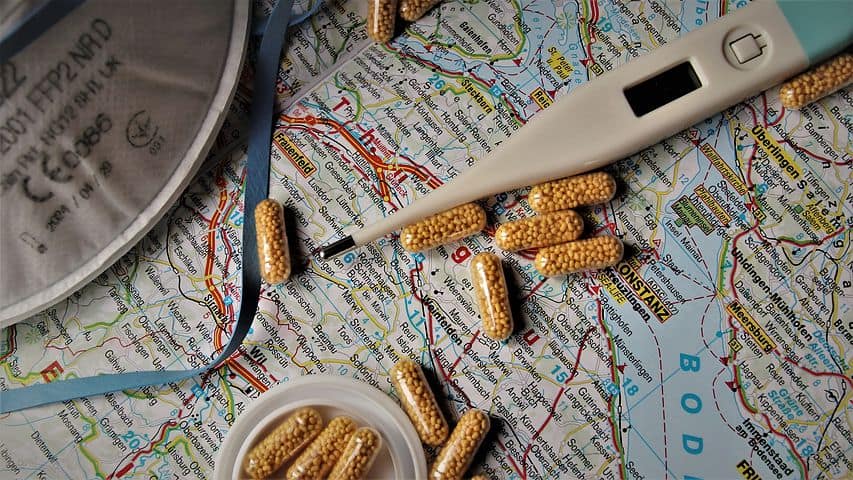Charting your basal body temperature is a useful tool to help you determine when you are ovulating and time intercourse. Basal body temperature charts can also help you identify possible fertility issues.
Here are some basic tips to help you start charting your basal body temperature:
- Take your temperature first thing in the morning before you get out of bed, speak or look at your smart phone – leave your thermometer at your bedside within easy reach so you don’t have move significantly to reach it.
- Try to take your temperature as close as possible to the same time each day – set an alarm if needed.
- It is best to take your temperature after a minimum of 5 hours sleep and at least 3 hours of consecutive sleep is preferable.
- Take your temperature orally. You should try to place the thermometer the same way each day (same location of your mouth). You may want to consider taking your temperature vaginally if you are a mouth breather. However, be sure to stick to one method.
- Plot your temperature on your chart each day but refrain from reading too much into it until the cycle is completed. You can plot your temperature on a paper chart or you can download a mobile app. We recommend Fertility Friend or Kindara.
- Some women, not all, have a temperature drop when they ovulate. If you see this drop, it is a good idea to have sex in case you are ovulating.
- You are looking for a temperature shift of at least 0.4 degrees Fahrenheit over a 48-hour period to indicate ovulation. This shift should be above the highest temperatures in the pervious six days, allowing one temperature to be thrown out as inaccurate (fluke, illness).
- After you see a temperature shift for at least three days, or at the end of your cycle, you can draw a cover-line between your follicular phase and luteal phase temperatures. With luck, it is easy to see a clear shift and draw your line between the highest follicular phase BBT and the lowest luteal phase BBT. The main reason for drawing this line is just to clearly delineate that your chart is biphasic.
- Look at your chart at the end of the month to analyze what happened.
- Chart for a few months and look for patterns.
- If your temperature stays elevated for 18 days or more after ovulation, you should test for pregnancy.
Note: For women with ovulatory cycles but with irregular cycle lengths, the greatest variation from cycle to cycle should be in the follicular phase. The luteal phase should be relatively constant (within 1-2 days). If you have a cycle that ranges from 28-34 days, and a luteal phase of 14 days, ovulation would occur somewhere between days 14-20, not the middle of a cycle, not day 14. This is the biggest mistake women with long cycles make when trying to conceive.











